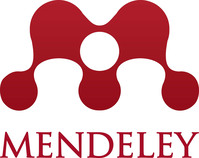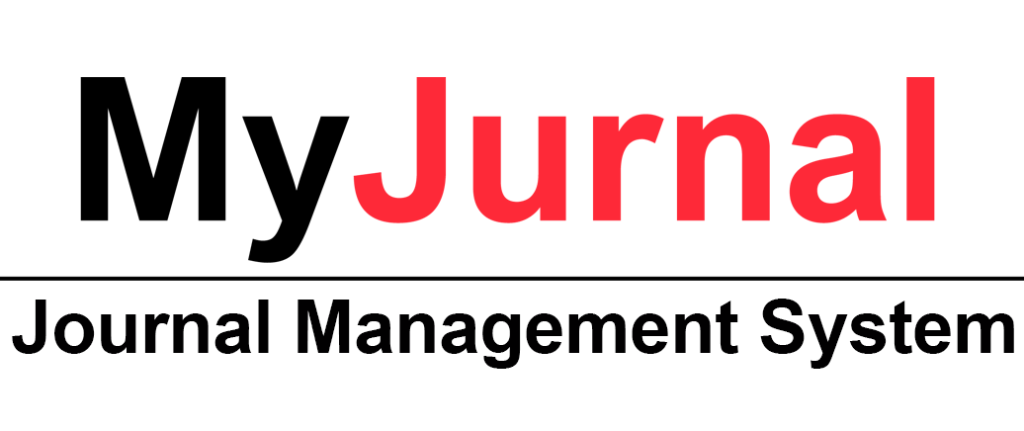Prevalence and Underlying Structure of Students’ Sejahtera Living vis-à-vis Maqāṣid al-Sharī’ah
DOI:
https://doi.org/10.31436/ijes.v10i2.458الكلمات المفتاحية:
Sejahtera living, Maqāṣid al-Sharī’ah, exploratory factor analysis, instrument validityالملخص
This study explored the prevalence of sejahtera living—an idea rooted in the belief that Islam is a way of life and aligned to Maqāṣid al-Sharī’ah —among students at an Islamic university in Malaysia, and tested the extent to which the students’ responses to the questionnaire items on the concept constituted meaningful and interpretable facets of sejahtera living. A total of 596 students voluntarily participated in the study, with the sample being split into two random halves. The first subsample (n1 = 298) was used to identify the underlying facets of sejahtera living, while the other half (n2 = 298) served as the sample for a cross-validation procedure. The respondents filled out an online questionnaire containing 50 items that measured the prevalence of sejahtera living. Descriptive statistics and exploratory factor analysis were used to address the two research objectives. Results showed that students’ reports of experiencing sejahtera living varied across items. The exploratory factor analyses, with principal axis factoring and the Promax rotation procedure, extracted five strong and reliable factors that explain the inter-correlations among items. The five-factor solution was supported by the results of a parallel analysis. As expected, the underlying facets of sejahtera living were factors associated with the preservations of faith (al-dīn), life (al-nafs), intellect (al-‘aql), property (al[1]māl) and progeny (al-nasl). The findings contribute to our current limited understanding about Muslim students’ sejahtera living, which would lead up to policy formulation and intervention.
المقاييس
التنزيلات
منشور
كيفية الاقتباس
إصدار
القسم
الرخصة
الحقوق الفكرية (c) 2022 IIUM Press, International Islamic University Malaysia

هذا العمل مرخص بموجب Creative Commons Attribution 4.0 International License.
The Journal will own copyright to all published works and have the right of first publication, both in print and online, unless other arrangements are made with the Editors in advance. It is the author`s responsibility to ensure that where copyright materials are included within an article the permission of the copyright holder has been obtained beforehand.





















